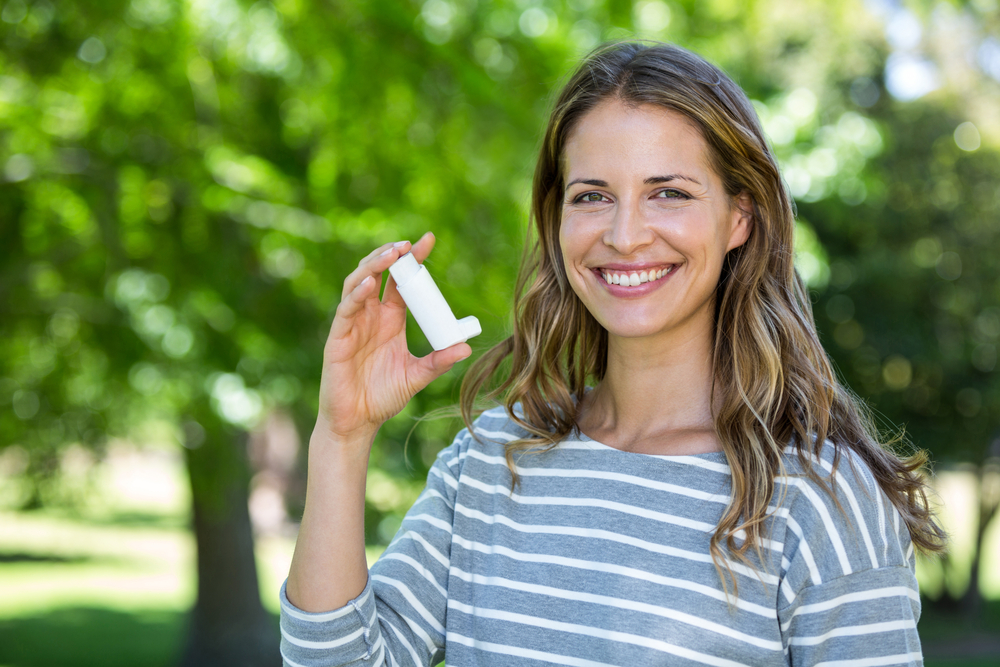
Asthmatic patients may find it difficult to use inhalers effectively. This makes asthma treatment inefficient. If you or your loved ones are suffering from asthma, read the following steps on how to use an inhaler correctly and avoid the common mistakes.
The Proper Inhaler Technique
You may have to repeat steps 4 to step 8 if you need additional doses. When you are finished with inhalation, put the protective cap on the mouthpiece and store the device safely.
Common Mistakes and How to Avoid Them
If you are not using the inhaler for more than 10 days, the medication will not be released normally. In this way, you have to prime the device by releasing some test puffs into the air.
When you use the inhaler, ensure that you are in the right position and using the right fingers. This is important to release the medication easily, allowing you to have good control over the device. Before you start using the inhaler, your breath should be steady. If you breathe unevenly after physical activity, allow your breath to get steady before you start inhaling.
You should wrap your mouth around the mouthpiece while inhaling. The mouthpiece should not be away from the mouth or in front of the mouth; it should be placed inside the mouth. If the mouthpiece is placed in the right position, the aerosol can blend properly and can be transferred directly into your lungs.
Another critical point is that, the mouthpiece should be placed in the direction of your throat and not in the direction of the top of your mouth. If the mouthpiece is facing towards the top of the mouth, the medication will be released directly above the uvula which deviates the medication away from the lungs and results in gag reflux.
The inhaling process is the very significant part as it has a major impact on the transport of the medication in the respiratory tract. The right timing to press the canister will require some practice. You should press the canister immediately after you begin inhaling; this will allow the medication to be delivered directly into the lungs and respiratory tract along with inhaled air.
Some Important Tips
You should inhale slowly and deeply when you press the canister, this will avoid choking on the sudden release of liquid. With some practice, it will be easier for you to inhale the medication with one quick breath, but in the same time try to take a deep breath as possible; this can fill up the lungs fully.
If you are unable to get the right timing because of breathing difficulties, or if your child cannot get it right, you might need a space that will facilitate in having the same effects without the need to time your inhaling. Spacers are simple add-ons for asthma inhalers that can be bought along with inhaler devices.
For the meditation to get absorbed into tissues, holding your breath is required. If you exhale too quickly, the amount of medication delivered to respiratory tract will be less and ineffective.
If you are unable to hold your breath for the recommended 10 seconds, at least, hold out as long as you can and exhale out gently. This will provide a similar effect. Coughing after the intake of medication is normal but you should avoid forced, rapid coughing immediately during the inhalation.
Calm and relaxed breath out is very important to deliver the medication in required most. If you have difficulties in taking slow and deep breaths, you can try few breathing techniques to simplify this task. Breathing control may be helpful in improving your asthma generally.
How to Keep Your Inhaler Clean
You should not place your inhaler in direct sunlight or freezing since those may make it unstable. You should wash the cap and plastic casing under warm water. Avoid using detergents or soaps and let them dry. It is not recommended to wash the canister. The mouthpiece can be cleaned with antibacterial wipes. Keep the inhaler in a protective case to avoid damage and contamination.
-Medical Observer
Overweight and obesity are defined as abnormal or excessive fat accumulation that presents a risk to health. A body mass […]
Around 27 million Filipino adults are overweight or obese, according to the latest National Nutrition Survey conducted by the Food […]
Advances in scientific and technological knowledge have provided unprecedented advantages in terms of immeasurable convenience in our daily living, lightning-fast […]